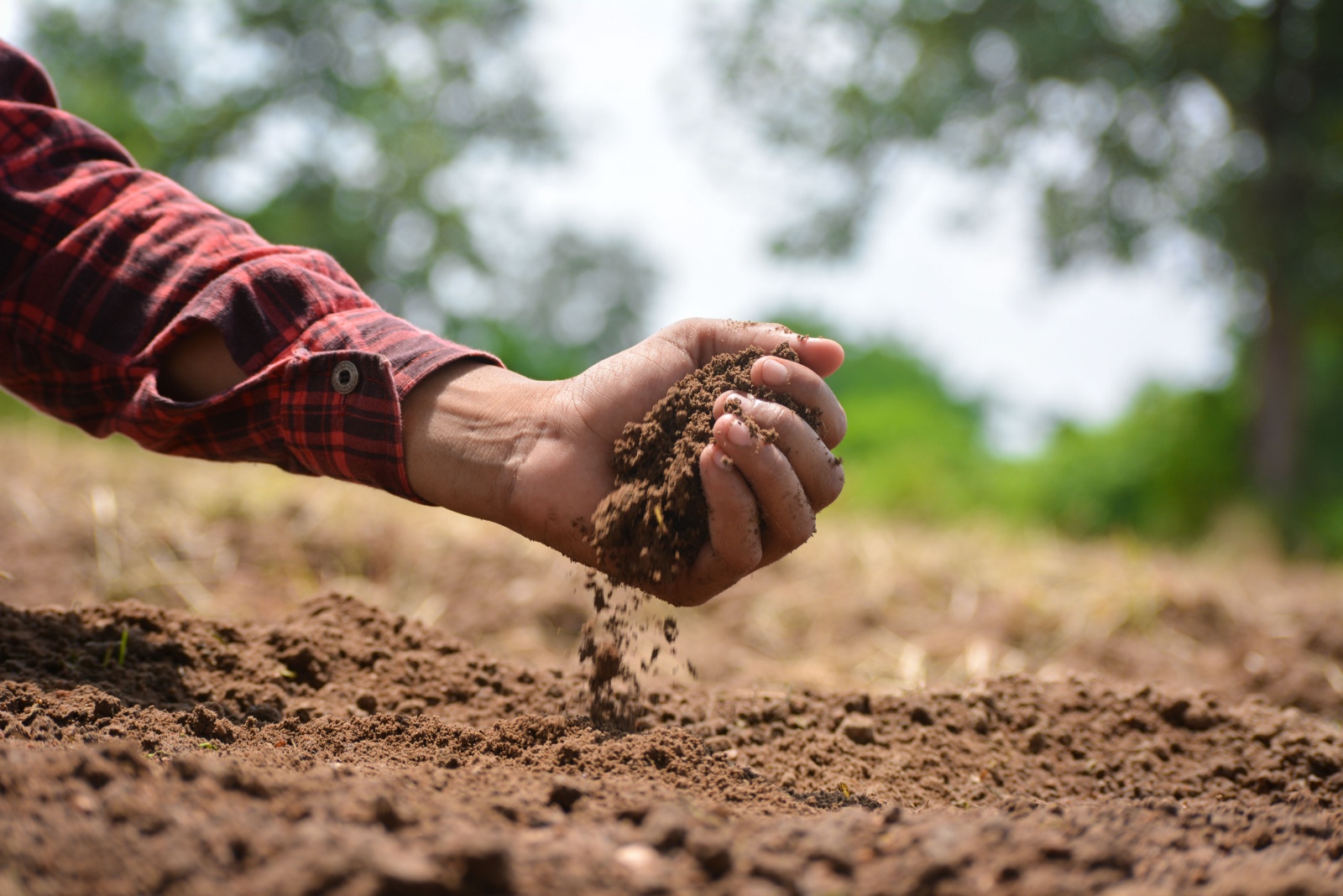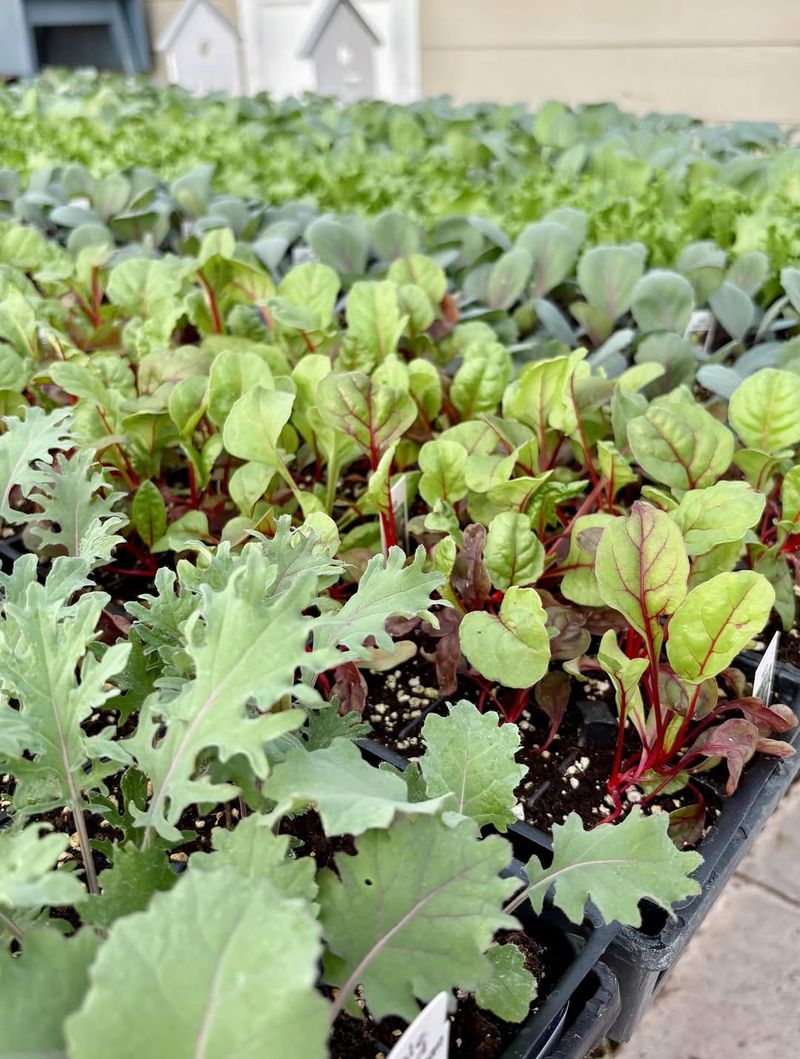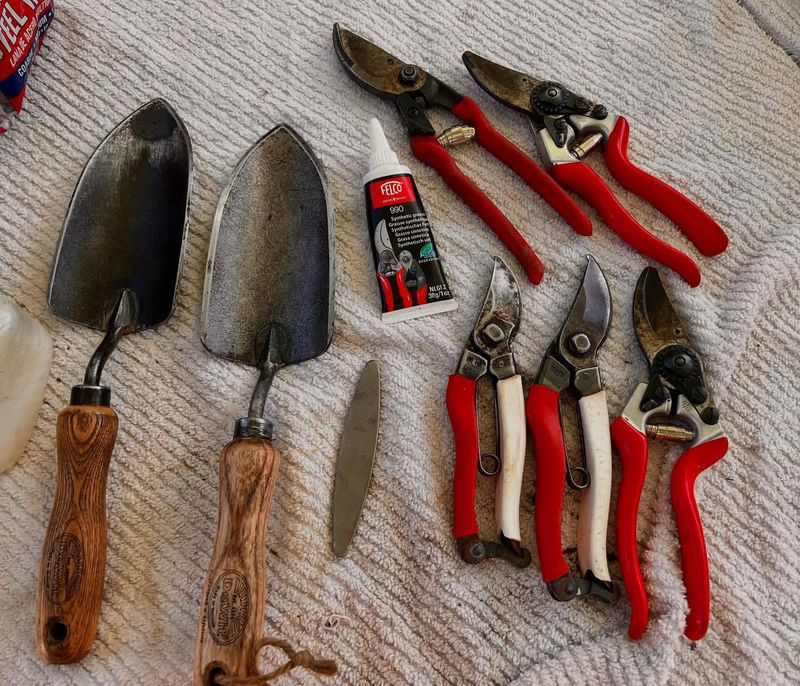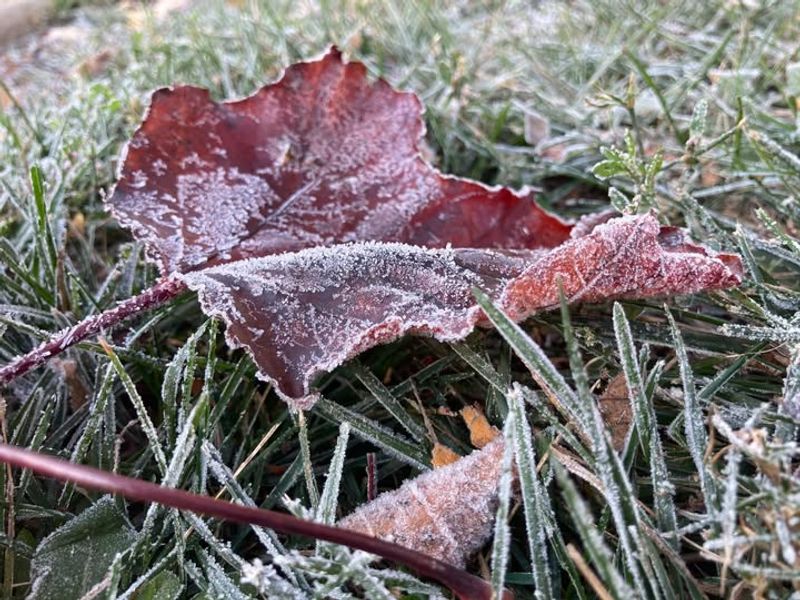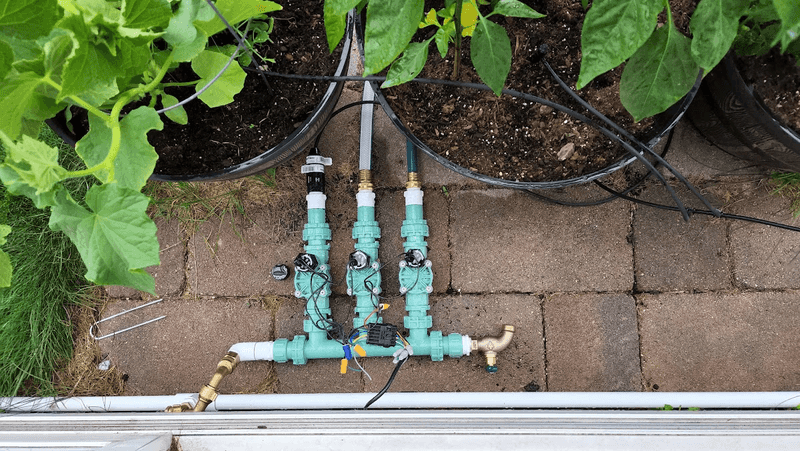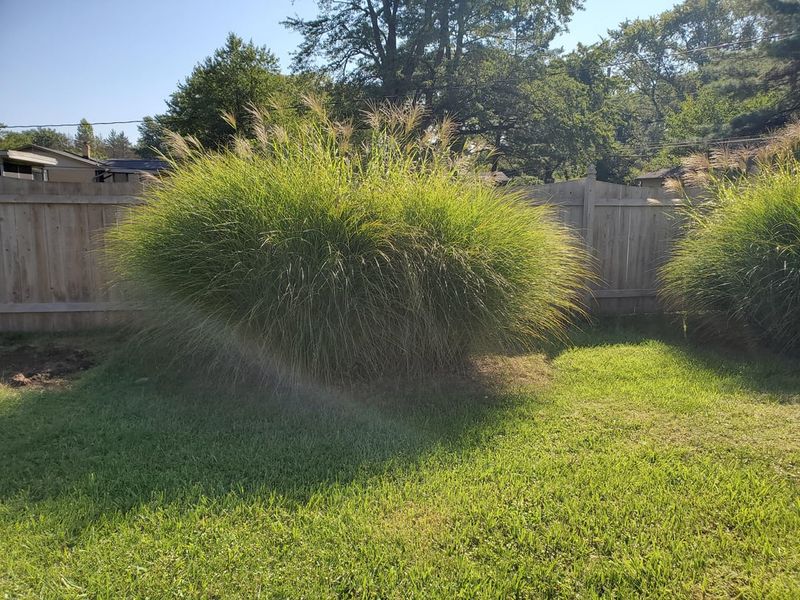Winter in Texas doesn’t mean your garden gets to hibernate. While the weather might be cooler, there’s plenty of work to keep your plants healthy and your yard looking great.
Many gardeners put off important tasks, thinking they can wait until spring, but that’s a mistake. Getting these jobs done now will save you time, money, and headaches when warmer weather arrives.
1. Prune Your Fruit Trees
Late winter is the perfect time to grab your pruning shears and shape those fruit trees. Dormant trees handle cutting much better, and you can see their structure without leaves blocking your view. Remove diseased branches, crossing limbs, and anything growing toward the center of the tree.
Proper pruning encourages better fruit production come summer. Your peach, plum, and apple trees will thank you with bigger harvests. Wait too long, and you’ll miss the ideal window before spring growth begins.
2. Plant Cool-Season Vegetables
Lettuce, spinach, kale, and broccoli absolutely love Texas winters. These veggies actually prefer cooler temperatures and will struggle once summer heat arrives. Your garden beds are probably sitting empty when they could be producing fresh salads.
Head to the nursery and grab some transplants or seeds. Most cool-season crops mature quickly, giving you homegrown food in just weeks. You’ll kick yourself in March when you realize you missed out on months of fresh greens.
3. Mulch Your Garden Beds
A thick layer of mulch acts like a cozy blanket for your soil. It keeps moisture in, prevents weeds from sprouting, and protects plant roots from those occasional hard freezes Texas gets. Pine bark, wood chips, or shredded leaves all work wonderfully.
Spread about three inches around your plants, keeping it away from stems and trunks. Your plants will stay healthier, and you’ll spend less time watering and weeding. Skip this step, and you’ll regret it during the next cold snap.
4. Test and Amend Your Soil
Healthy plants start with healthy soil, but you won’t know what you’re working with without testing. Winter gives you time to fix problems before spring planting season arrives. Most Texas soils need extra organic matter and sometimes lime or sulfur to balance pH.
Pick up a soil test kit from your local extension office or garden center. Add compost, aged manure, or other amendments based on your results. Come spring, your soil will be ready to grow amazing plants.
5. Divide Overgrown Perennials
Did you know perennials actually benefit from being split apart every few years? Plants like daylilies, iris, and ornamental grasses get crowded and bloom less over time. Winter dormancy makes this the ideal moment to dig them up and separate the clumps.
You’ll get multiple plants from one, which means more flowers for free. Replant the divisions with proper spacing, water them well, and watch them thrive. Putting this off means fewer blooms and wasted garden potential.
6. Clean and Sharpen Your Tools
Your shovels, pruners, and hoes work hard all year and deserve some attention. Dirty, rusty, or dull tools make gardening harder and can spread diseases between plants. Winter downtime is perfect for maintenance you’ve been avoiding.
Scrub off dirt, sand away rust, and sharpen blades with a file or stone. Wipe everything down with oil to prevent future rust. When spring arrives in Texas, you’ll be ready to work efficiently instead of fighting with beat-up equipment.
7. Protect Tender Plants from Freezes
Texas weather can be unpredictable, swinging from mild to freezing overnight. Tropical plants, citrus trees, and tender perennials need protection when temperatures drop. Frost cloth, old sheets, or even cardboard boxes can save your favorites from damage.
Keep covers handy and watch the forecast closely. Water plants before a freeze since moist soil holds heat better than dry. Losing plants to cold snaps is heartbreaking, especially when prevention is so simple.
8. Add Compost to Beds
Compost is like magic fertilizer that improves everything about your soil. Winter is the perfect time to spread a generous layer over empty beds and around established plants. Worms and microbes will work it into the soil while you’re waiting for spring.
Your homemade compost or store-bought bags both work great. Aim for at least an inch or two across all your planting areas. Plants growing in compost-rich soil resist disease better and produce more abundantly than those in poor dirt.
9. Service Your Irrigation System
Freezing temperatures in Texas can crack pipes and damage sprinkler heads you forgot to check. Walk your entire system looking for leaks, broken parts, or misaligned sprayers. Replace worn components now instead of discovering problems during the first hot, dry spell of spring.
Adjust timers for winter’s lower water needs too. Overwatering in cool weather encourages fungal diseases and wastes money. A well-maintained system saves water, money, and keeps your landscape healthy year-round.
10. Trim Back Ornamental Grasses
Those beautiful ornamental grasses look great through fall and early winter in Texas, but eventually they need cutting back. Old growth gets ratty-looking and makes it harder for fresh shoots to emerge in spring. Late winter is the ideal time to grab your hedge trimmers or even tie them up and use a chainsaw.
Cut them down to about six inches from the ground. Wear gloves because grass blades can be surprisingly sharp. Your grasses will reward you with vigorous, attractive new growth.

